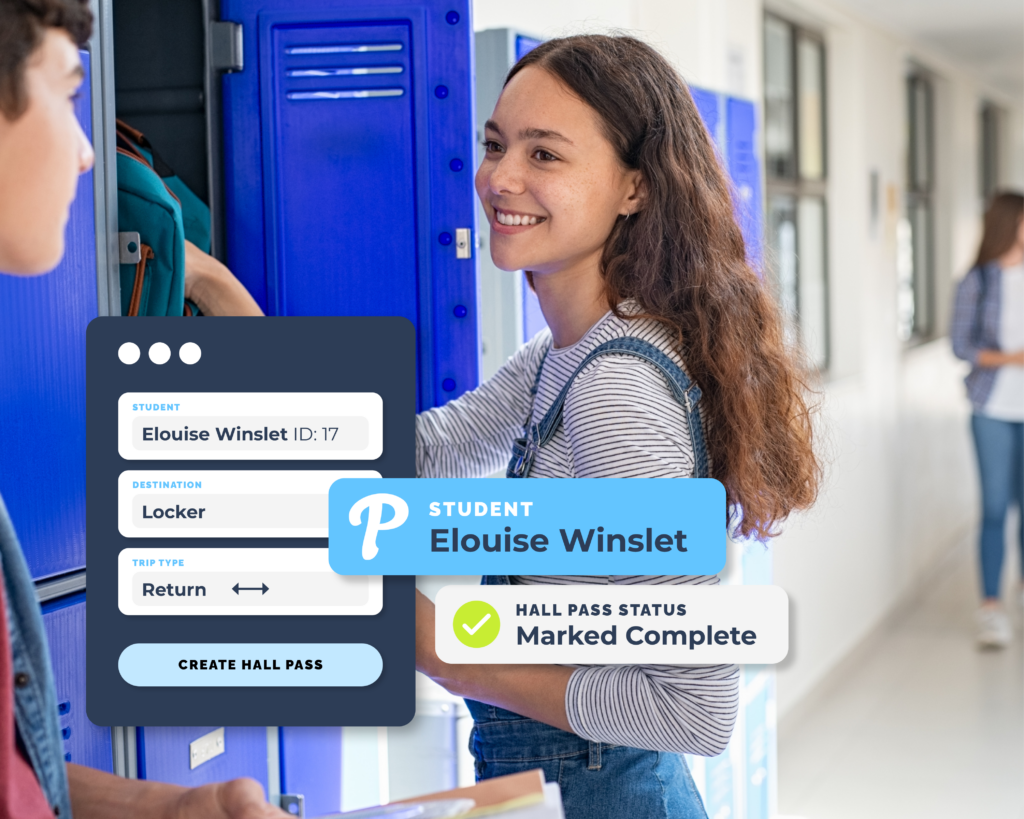Why is change important in education?
We all know that change is inevitable, however it is not always welcome. This is no different when implementing change in the school system. As educators, the teaching methods, materials and processes we use can become part of a longstanding and comfortable routine. For administrators, schedules are so filled with school activities, job responsibilities, communications and long-term planning, that stepping out of what has become a standard operating procedure or bringing in new solutions can feel too challenging.
However, change is essential, especially when it will positively impact the students we are responsible for. New technology is introduced, updates to the curriculum are needed or important events occur throughout the year, which all result in the need to pivot and change the way we teach. This might require taking some risks and accepting failures that may occur along the way. But in order to continue to provide the best for our students, we have to embrace change if it leads to greater benefits for all stakeholders in our learning community. We are preparing students for the future and must continue to improve ourselves and the work that we do.

The unique challenge of change in schools
Facilitating change in our schools can bring about a unique set of challenges. There are often many different initiatives occurring at the same time during the year, especially at the start of the school year or around the holidays. With the teacher and staff shortages schools are currently facing, educators are finding that they have more responsibilities than ever before. Implementing any change means “just one more thing” on top of what may already be a very full schedule. To put things in perspective, It is important that we start with the “why” behind a change that we’re looking to implement. Communicate this ‘why’ to all those who are involved. Help them to understand the need for change.
Strategies for successfully implementing change
In order to successfully implement change, minor or major, in the school system a strategic plan needs to be laid out and communicated. Here are some proven steps to follow when creating a change management plan.
Be transparent and keep the flow of communication open
Providing detailed and thorough information about the change, the purpose of it, and its benefits is very important. When changes are introduced without this information, or the decision-making and planning do not involve those who are impacted the most, it can be overwhelming and met with opposition. Opening up the lines of communication in all directions is key. Discussing the changes that are proposed helps educators and the school community to understand exactly what the changes are, the need for them and what the benefits will be for everyone. Therefore, it is important to have a system in place that will help educators to feel involved and valued and confident that they have support they need while implementing the changes.

Identify change champions
Once the “why” has been established, focus on the ‘how.’ How can the change occur as smoothly as possible? Establish ‘change champions,’ a group or committee to represent each grade level or department in a school district. Use the change champions as the main communication representative and set a strategy to ensure two-way communication is occurring between administrators and teachers. Having these leaders within the school system will help facilitate clear communication and overall organization of the change process.
Decide what training and support is required
Provide resources to the change champions to help them throughout the change management process. Make sure that all stakeholders clearly understand what their role is and how they will be supported. Listen to their concerns and questions, they might ask some tough ones, but it just helps schools and administrators and even teachers to be better prepared. Establish a regular cadence for checking-in so that those involved never feel they are left alone to navigate through the change. Provide enough training and time for practice so that everyone feels comfortable before it is implemented full-time.

Evaluate the impact of the changes and adjust as needed
Once the change has been implemented, set up designated time to discuss how things are working, what challenges are being faced and what could be done to improve the process. Getting feedback and making necessary changes early on will help ensure everyone will continue implementing the change and not fall back into old habits, making it a long-term success.
Celebrate the change
Once the change has been implemented, celebrate your win! Share in the success with all those involved and help them to feel appreciated for the part they played. This will help them to be more open and on-board with changes that need to be made in the future.



